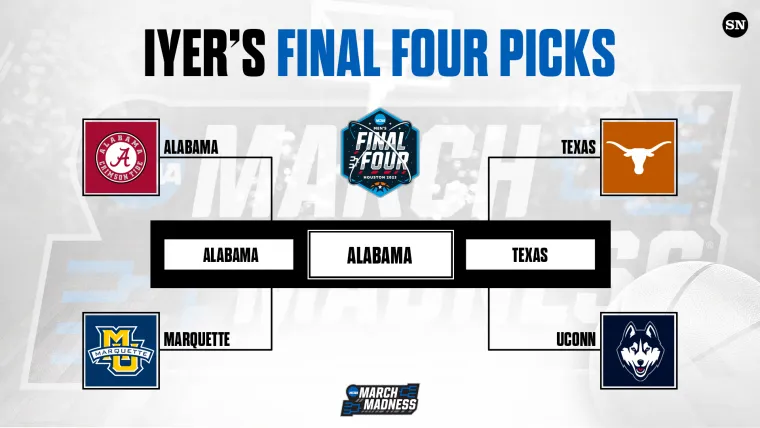Alright, so March Madness rolls around, and like clockwork, I get that itch to dive into the predictions. It’s become a bit of a ritual for me, really. For years, I’ve been relying pretty heavily on Ken Pomeroy’s stats – KenPom, as we all call it. It’s not magic, but it sure gives you a different lens to look through compared to just the regular polls or win-loss records.

My Annual KenPom Dive
So, the first thing I do is get myself the latest KenPom ratings. I usually wait until Selection Sunday, right after the bracket is officially out, so I have the most up-to-date numbers for the actual tournament teams. I’ll pull up his site, and man, there’s a lot of data there. Adjusted Offensive Efficiency, Adjusted Defensive Efficiency, Tempo, Luck – it’s a goldmine if you’re into this stuff.
I don’t just glance at the overall rank, though. That’s beginner stuff. I’ve learned over the years that the real nuggets are often a bit deeper. I spend a good chunk of time comparing the offensive and defensive efficiencies of potential matchups. You might have a team that’s, say, ranked 10th overall but their defense is ranked 50th. That’s a red flag for me, especially if they’re up against a team with a killer offense, even if that other team is ranked a bit lower overall.
My process usually involves firing up a simple spreadsheet. Nothing too fancy, mind you. I create columns for the teams in each game, their KenPom overall rank, their adjusted offensive efficiency (AdjO), and their adjusted defensive efficiency (AdjD). Sometimes I’ll throw in the tempo and luck ratings too if I’m feeling particularly thorough.
- I go through each game in the bracket, one by one.
- I input the key numbers for both teams.
- Then I just stare at it for a bit. Seriously.
What I’m looking for are significant mismatches or underrated strengths. For instance, if Team A has an AdjO of 120 and Team B has an AdjD of 85 (lower is better for defense), that’s a strong signal for Team A. But if Team A’s defense is leaky, say 105, and Team B has a decent offense, maybe 110, then it gets interesting. It’s rarely clear-cut.
I also pay attention to the “luck” factor KenPom calculates. If a team has a super high luck rating, it suggests they might have won more close games than they statistically should have, and they could be due for some regression. I’ve seen that bite people before.

Once I’ve gone through this for pretty much every potential matchup I can foresee, I start making my picks. It’s a slow process, not gonna lie. I fill out my bracket, usually with a pencil first, because I often second-guess myself. Sometimes, if the numbers are incredibly close, I’ll just go with a gut feeling or even consider things like recent injuries or coaching experience, though KenPom’s numbers usually have a lot of that baked in indirectly.
Honestly, it’s not foolproof. I’ve had years where my KenPom-driven bracket absolutely nailed it, and other years where it busted faster than a .com stock in 2001. But for me, the fun is in the process. It feels like I’m making educated guesses rather than just picking based on team colors or mascots. It’s my little tradition, and I enjoy the deep dive into the numbers each March. It makes watching the games even more engaging when you feel like you’ve done your homework, even if that homework leads to heartbreak sometimes!
